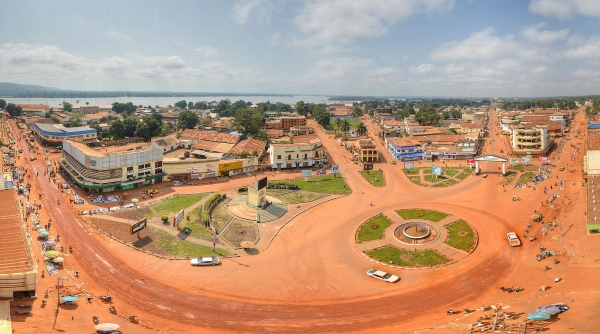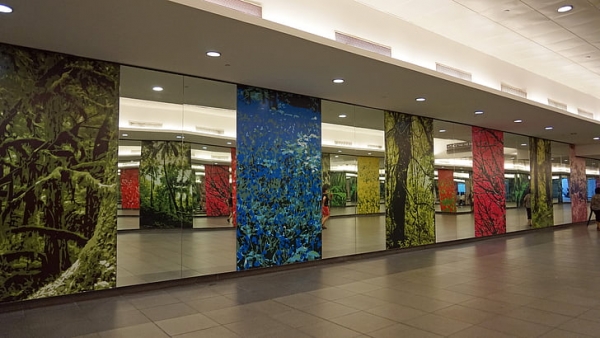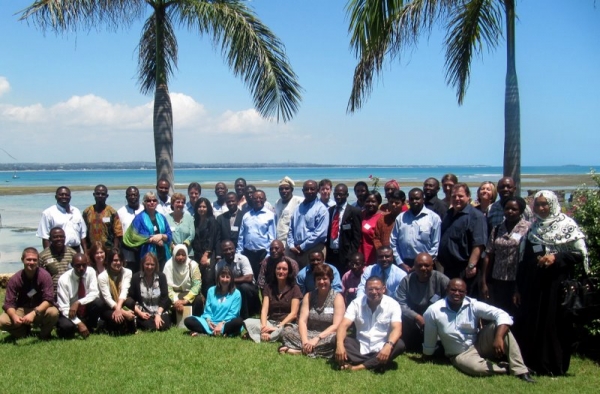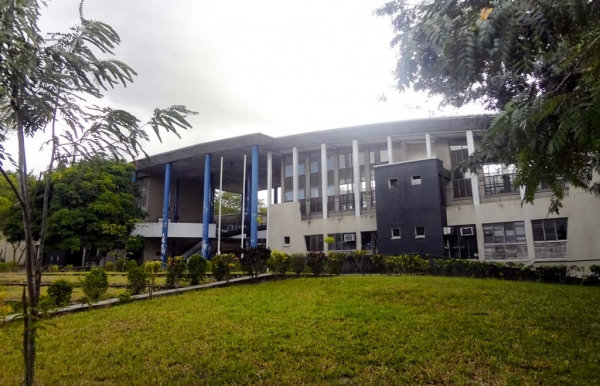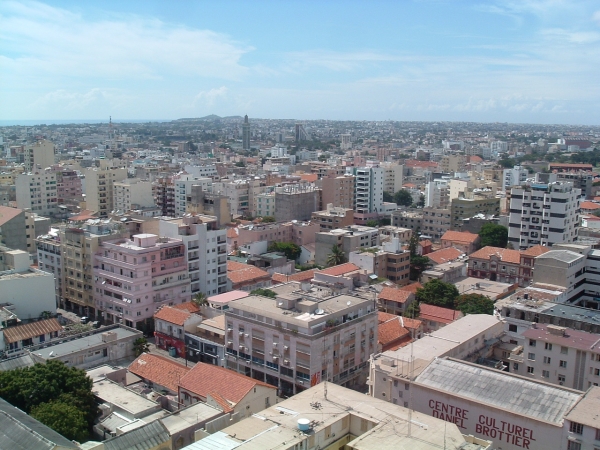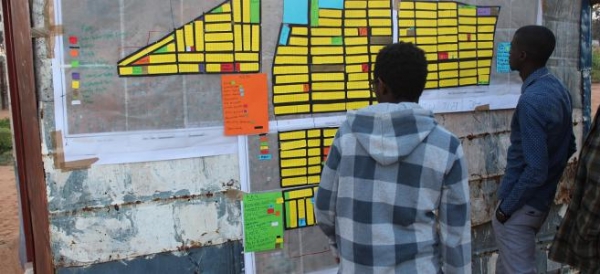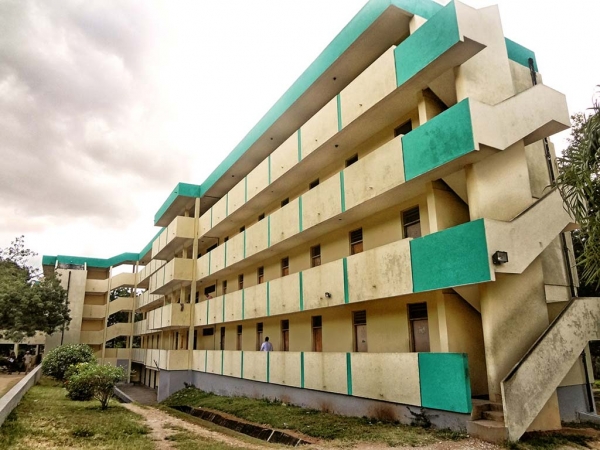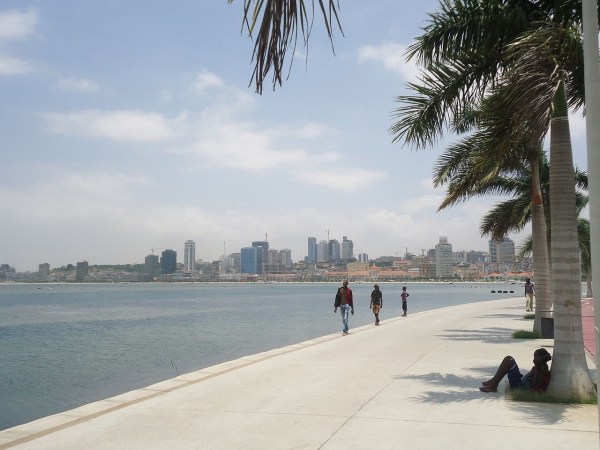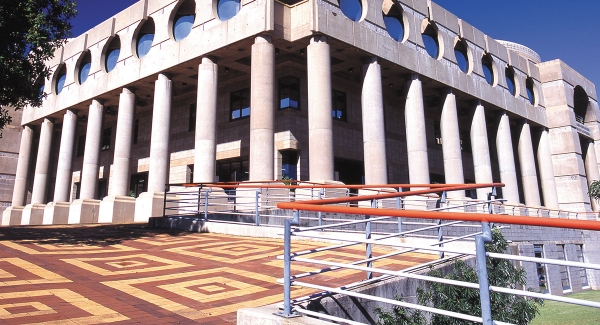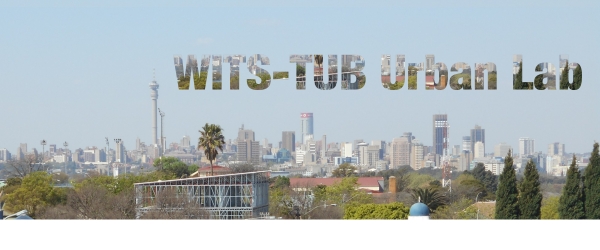The influential journal Planning Theory & Practice is offering free access to two important ‘Interface’ discussions: the first is entitled ‘Wind power: Is there a planning problem?’ (link here) whilst the second deals with ‘Health at the heart of spatial planning’ (link here).
In addition, two interesting articles by Leonie Sandercock and Patsy Healey are freely accessible. Their abstracts are presented below:
Stories and storytelling are part of a post-positivist paradigm of inquiry influenced by phenomenology, ethnography and narrative analysis, along with the evolution of visual methods in social research. New information and communication technologies today provide the opportunity to explore storytelling through multimedia, including video/filmmaking, in what we describe as digital ethnography. While there has been a tradition in the planning field of using film for advocacy purposes since the 1920s, we argue for a new direction informed by collaborative planning theory and situational ethics.
This paper reports on a three-year, three-stage research project in which we experimented with the use of film as a mode of inquiry, a form of meaning making, a way of knowing, and a means of provoking public dialogue around planning and policy issues (in this case, community development and the social integration of immigrants). We explored the expressive as well as analytical possibilities of film in conducting social research and provoking community engagement and dialogue, taking advantage of the aesthetic and involving dimensions of film as narrative. The research question was a socio-political one: how do immigrants become integrated into a specific social fabric, and how do they acquire a sense of belonging? The site of the research was a culturally diverse neighbourhood in the city of Vancouver, and the specific focus was a place-based local institution, the Collingwood Neighbourhood House. The paper concludes with critical reflections on the use of film in this research project, focusing on ethical issues, power relationships, insider/outsider dilemmas, and reciprocity.
In recent years, city governments and other entities concerned with urban futures have been exhorted to produce spatial strategies, indicating how their areas might develop in the future. But many of the resultant strategies do little “strategic work” in the sense of shaping future development trajectories. This paper reviews the meaning of “strategic work” in terms of mobilising attention to an urban area as a whole, and influencing the way that multiple actors involved in urban development shape their interventions. It emphasises the key judgements which those involved in promoting such strategic work have to make and discusses how the capacity for making such judgements may be cultivated among individuals, groups, and the wider political community involved in urban governance.
Happy reading!



